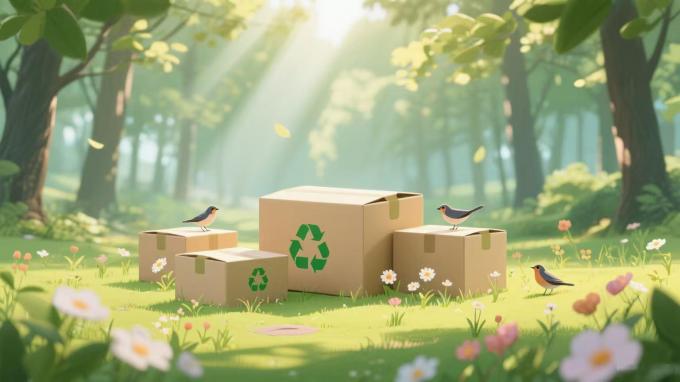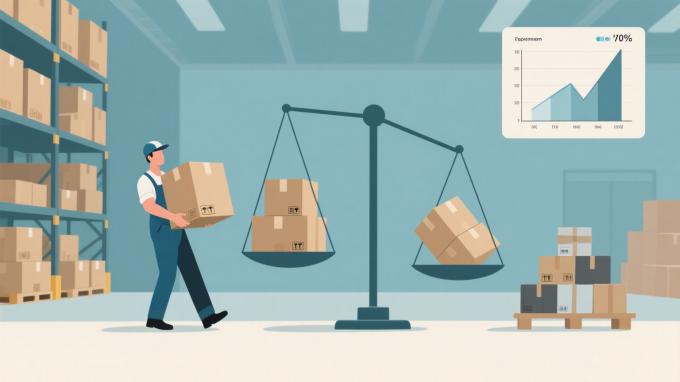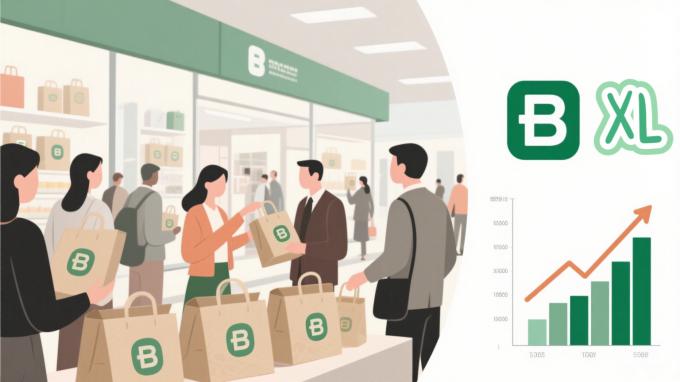Paper packaging offers several notable advantages, making it a popular choice in various industries. Here are the key benefits:
1. Environmental Friendliness
Biodegradable and Compostable: Paper is derived from natural plant fibers (e.g., wood, recycled paper), which can break down naturally without leaving harmful residues. This reduces landfill waste and environmental pollution.
Recyclable: Most paper packaging can be recycled multiple times, helping to conserve natural resources. For example, recycled paper reduces the need for virgin wood pulp, saving trees and energy.
Low Carbon Footprint: Compared to plastic or metal packaging, producing paper often requires less energy and emits fewer greenhouse gases, especially when using recycled materials and sustainable forestry practices.
2. Sustainability and Renewable Resources
Renewable Source: Paper is made from trees, which are a renewable resource if sourced from sustainably managed forests (e.g., certified by the Forest Stewardship Council, FSC). This ensures that forest ecosystems are maintained for future generations.
Biomass Recycling: Even after use, paper can be repurposed into new products, closing the loop on material waste.
3. Versatility and Customizability
Diverse Applications: Paper packaging can be adapted for various products, from food and beverages (e.g., paper bags, boxes) to electronics (e.g., protective inserts). It can be molded, folded, or printed on to fit different shapes and sizes.
Easy Printing and Branding: Paper provides a smooth surface for high-quality printing, allowing businesses to showcase logos, product information, and designs effectively. This enhances brand visibility and consumer appeal.
Moldable and Flexible: Materials like cardboard or kraft paper can be shaped into boxes, envelopes, or even protective cushioning (e.g., paper void fill), offering versatility in packaging design.
4. Lightweight and Cost-Effective
Reduced Shipping Costs: Paper is lighter than materials like glass or metal, which lowers transportation weights and fuel consumption. This translates to cheaper shipping fees and a smaller carbon footprint.
Lower Production Costs: Paper manufacturing processes are often more streamlined and require less expensive equipment than plastic or metal production, making it a cost-effective choice for businesses.
5. Safety and Health Benefits
Non-Toxic: Paper is generally non-hazardous and does not release harmful chemicals (unlike some plastics that may leach toxins). This makes it safe for packaging food, pharmaceuticals, and other consumer goods.
Fire Resistance: Paper has a higher ignition point than many plastics, reducing risks in storage or transportation.
6. Consumer Preference and Brand Image
Eco-Conscious Perception: With growing environmental awareness, consumers often prefer products packaged in paper, as it signals a brand’s commitment to sustainability. This can enhance brand loyalty and market appeal.
Natural and Minimalist Aesthetic: Paper’s organic texture and recyclable nature align with trends with minimalism and eco-friendly design, appealing to modern consumers.
7. Energy Efficiency in Disposal
Composting and Incineration: If not recycled, paper can be composted (in suitable conditions) or incinerated to generate energy, unlike non-biodegradable plastics that persist in the environment.
8. Regulatory and Market Compliance
Support for Green Policies: Many governments and organizations promote or mandate the use of eco-friendly packaging. Paper aligns with these regulations, helping businesses avoid penalties and meet sustainability goals (e.g., EU’s plastic waste directives).
Potential Limitations (and Counterpoints)
Water Resistance: Paper is not inherently waterproof, but innovations like wax-coated or laminated paper have addressed this for applications like food packaging.
Strength for Heavy Loads: While cardboard is sturdy, it may not match the durability of metal or plastic for extremely heavy items. However, reinforced paper composites or multi-layer designs can enhance strength.
In summary, paper packaging stands out for its environmental sustainability, cost-efficiency, and adaptability, making it a preferred choice for businesses and consumers alike as the world shifts toward more eco-friendly practices.

 Your message must be between 20-3,000 characters!
Your message must be between 20-3,000 characters! Please check your E-mail!
Please check your E-mail!  Your message must be between 20-3,000 characters!
Your message must be between 20-3,000 characters! Please check your E-mail!
Please check your E-mail! 






